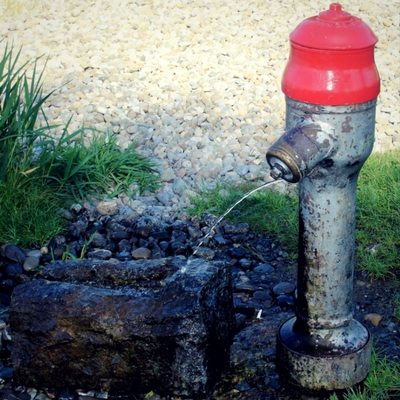
One of the things you do not want to happen to your plumbing system is for it to backflow. This is a situation where the water flow in your home (or area) reverses. Backflow is a serious matter because it can cause contamination to your water supply. If left undealt with, it can reach a point when water becomes unsafe for drinking and inappropriate for bathing.
Common causes of backflow
Knowing these causes can help you avoid backflow from happening and damaging your plumbing system.
1. Back Pressure
Back pressure is the term used for pressure that pushes gas or water in the ‘wrong’ direction. This most often happens when heaters are not provided with efficient vents or outlets. It causes the pressure inside to rise at the time when the water is being heated up.
2. Back-siphonage
This arises when the pressure in the water supply piping becomes significantly lower than the external pressure (or that in the plumbing system). Back-siphonage typically occurs in toilets and sinks. Unless preventive measures are applied, this is very likely to occur.
3. Sewerage pipe damage
The sewerage pipes are carrying the waste water from your home to the local water system. Because everything is subject to wear and tear, these pipes suffer damage over time.
Once they do, it will cause backflow. The signs are very obvious, so it is possible to take action right away. Foul smell and leaks from your drains are the primary indicators of sewerage pipes damage.
4. Local source damage
There are also some rare occasions where the cause of the problem cannot be detected in your plumbing. This is because the problem lies in your local source’s system. This one is the most difficult to encounter, as it will need action by your local authorities to resolve. However, you can still hire the services of professional plumbers should this situation arise. They will assist you in dealing with the backflow, and will help you manage and prevent further damage.
How to prevent backflow
Follow these tips for effective backflow prevention.
1. Use a hose bib backflow preventer
A hose bib backflow preventer works with the aid of a spring that makes the water pressure face a single direction only. Should local water pressure drop at a significant rate, this spring will close as a valve opens. The valve will then dispose of the water from a backflow. This prevents it from mixing with and contaminating other clean water supply.
2. Install vacuum breakers in your pipes
To further minimise the risk of backflow, consider installing vacuum breakers in your pipes. These vacuum breakers sense the level of pressure in a system and when it drops to a set low (usually the air pressure in a room), a check valve will automatically close. This mechanism prevents backflow.
3. Simple air gaps help prevent backflow
Bathroom and kitchen sinks usually have air gaps that are readily seen upon purchase. These are not for design purposes; they serve a practical function to the water system. As you can see, they are placed at a level where the water can reach at the maximum. These gaps are responsible for not letting contaminated water backflow into the fresh supply.
Why you need help from a plumber in Newcastle
Backflow is definitely one of the worst things you can encounter as regards to your plumbing system. While there are lots of preventive measures and devices available, it is better to be sure and hire a licensed plumber. This way you, as a responsible homeowner, are preventing worse situations like water contamination from happening.
Contact Green Planet Plumbing today for professional plumbing services in Newcastle. Call our 24/7 on-call emergency plumbing service and we will be right in your home or building in no time.

